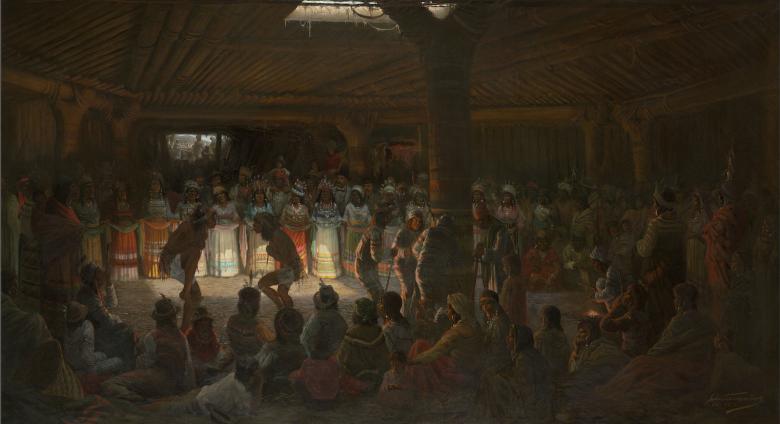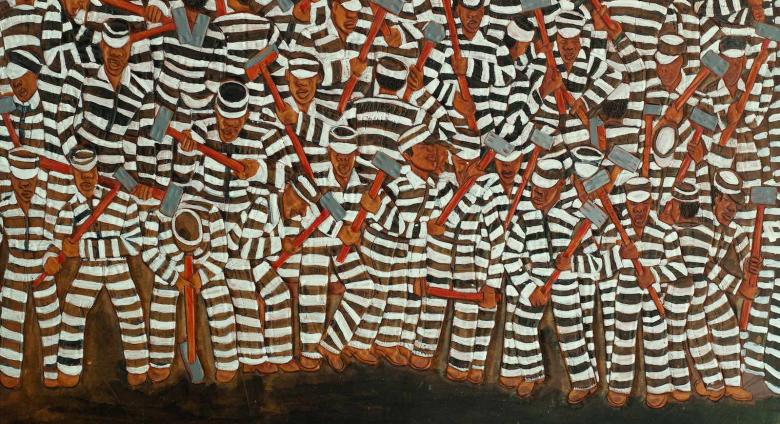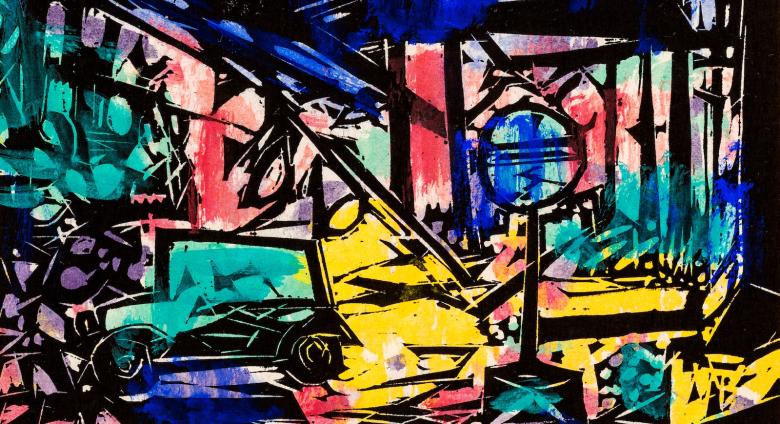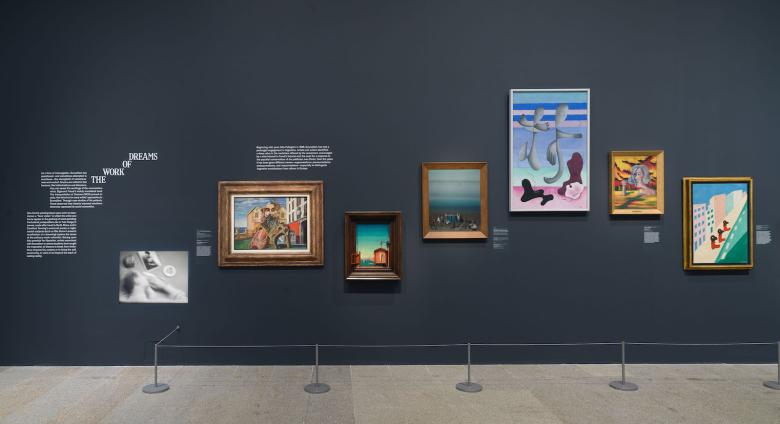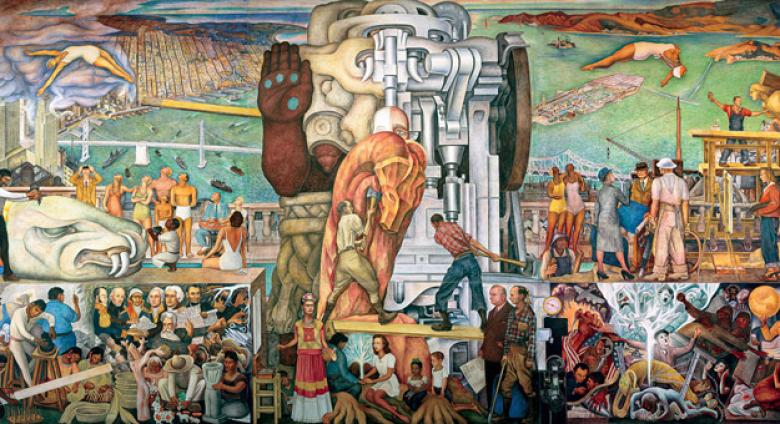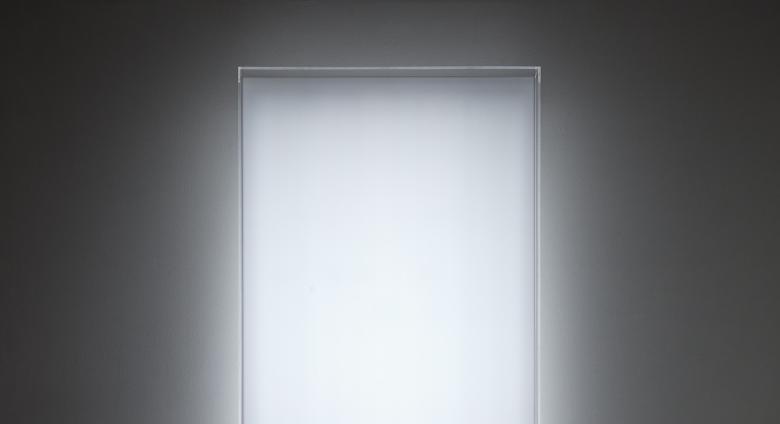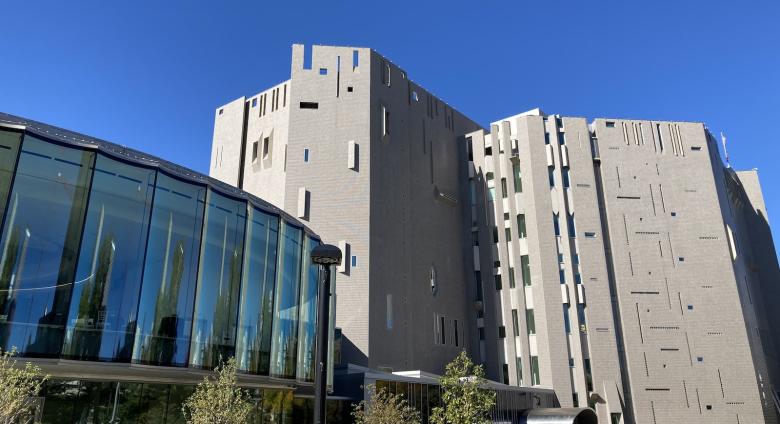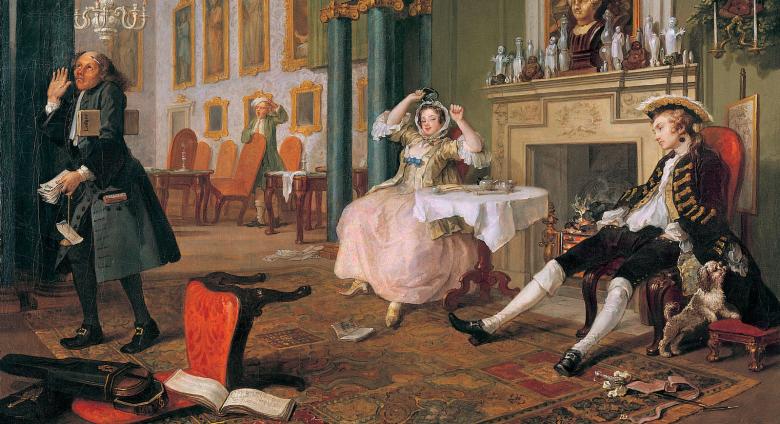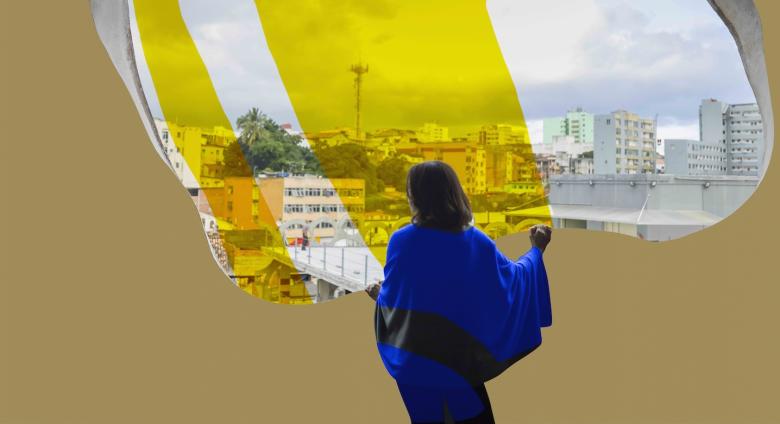The Fine Arts Museums of San Francisco (the “Museums”) are pleased to announce the exclusive West Coast showing of Jules Tavernier and the Elem Pomo, which steps into the 1870–1880s, a period when white settlers continued to claim lands in the West that had been inhabited by Indigenous populations for thousands of years.
November 2021 Art News
Artist Winfred Rembert carved leather the way a master carver would shape wood or stone. He learned to do so in prison, where he survived a near lynching, a jail sentence that included time on a Georgia chain gang, and the everyday violence and racism of life in the Jim Crow South.
Japan Society is pleased to present Shikō Munakata: A Way of Seeing, a new presentation of nearly 100 path-breaking works by the celebrated artist Shikō Munakata. Organized from their rare collection—the largest in the US—the installation revisits this imaginative twentieth-century artist.
Like politics, all art is local until it isn’t anymore, a point driven home by Surrealism Beyond Borders, the Met’s tour d’horizon of the global, half-century-long spread of Surrealism from its birthplace in 1920s Paris. The City of Lights wasn’t technically Surrealism’s cradle, however.
In a groundbreaking partnership with City College of San Francisco, SFMOMA hosts Diego Rivera’s monumental mural The Marriage of the Artistic Expression of the North and of the South on the Continent, more commonly known as Pan American Unity in the museum’s Roberts Family Gallery free space.
Pace is pleased to present an exhibition of new work s by Mary Corse in Palo Alto. Marking the artist’s first presentation at the gallery’s Palo Alto space, the exhibition will feature three large paintings and four electric light boxes of different sizes in conversation with one another. The presentation will run through January 29, 2022.
The largest, most prevalent treasures of the Denver Art Museum are the DAM’s buildings designed by renowned architects: Gio Ponti and Daniel Libeskind. Ponti’s tile-covered high-rise with unusually placed and shaped windows brings to mind a castle. Libeskind’s titanium-clad triangulations evoke gargantuan origami.
Few artists have defined an era as much as William Hogarth, whose vivid, satirical depictions of 18th century England continue to capture the imagination today. Tate Britain’s major exhibition presents his work in a fresh light, seen for the first time alongside works by his continental contemporaries.
This constellation of artists was all occupied with the problem of how to best represent an experience or a three-dimensional subject and all the weight and movement it carried. All these artists believed that there was much more to reality than what the eye had been conditioned to read.
By layering Bo Bardi’s own words with images of her buildings and artist interacting with them, Julien creates a non-linear biography, one that eschews straight facts in favor of feeling, allowing us to experience her creations and life viscerally rather than academically.




